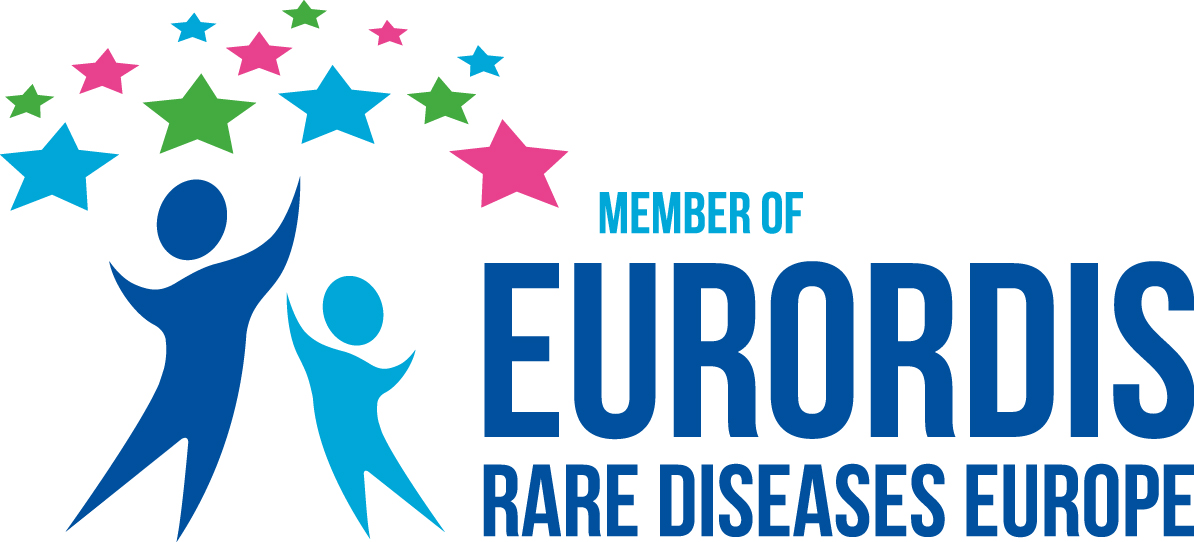
Superficial Siderosis Neuroprotection Study
Antioxidant Supplementation For Enhancement Of Neural Protection From Free-iron Toxicity In Superficial Siderosis
Our inaugural SSRA sponsored research project is designed to explore the possibility that boosting brain urate by treatment with an antioxidant will slow the brain cell degeneration of superficial siderosis patients. This project might substantially shorten the time needed to develop a complete neuroprotection treatment plan. Optimizing this first study’s crucial characteristics should considerably enhance the likelihood of future therapies.
This study’s primary purpose is to identify supportive care in superficial siderosis patients mitigating against a decline in the participant’s health or function.
The pathophysiology of infratentorial superficial siderosis, type 1 (classical) (iSS), is not yet completely understood. There is currently no effective therapy to combat or slow neural damage progression during iron chelation therapy or the disorder’s natural course. Elevated 8‐OHdG levels lead us to suspect that oxidative stress is involved in the pathomechanism of superficial siderosis.
While surgical repairs of superficial siderosis patient bleed sites may decrease cerebrospinal fluid total tau (CSF t-tau), 8‐OHdG levels will not necessarily decline. Hence, the degeneration continues to progress even after surgical intervention. In vitro studies have also demonstrated the free iron associated with superficial siderosis leads to free radical production, resulting in oxidative stress and neurotoxicity to the underlying tissue.
Earlier this year, the SSRA was awarded an annual grant to help defray our research division’s secure cloud server annual cost. This server complies with HIPPA regulations and the United Kingdom, Canada, and Australia’s corresponding rules. Our updated patient registry and new data repository are ready to begin the first step in this important journey. We invite you to look around the public areas of the patient registry, superficialsiderosis.org.
We invite you to follow along as we take the steps that bring us closer to this exciting milestone in the SSRA journey.
2 thoughts on “Superficial Siderosis Neuroprotection Study”
Leave a Reply
You must be logged in to post a comment.



You don’t address who will be running the study and which professionals will be involved.
Hi Kathy, Dr. Michael Levy is the Chief Medical Advisor of both the SSRA and the SSPR. He will assume the position of Principal Investigator and be responsible for assembling his research team. Enrollment will be processed through the SSPR once the trial is registered. The details of the study, enrollment process and screening will take place through the registry. We encourage patients who may be interested in participating in completing their enrollment or updating their registry profile. The SSRA is registered with clinicaltrials.gov as an authorized nonprofit research sponsor.